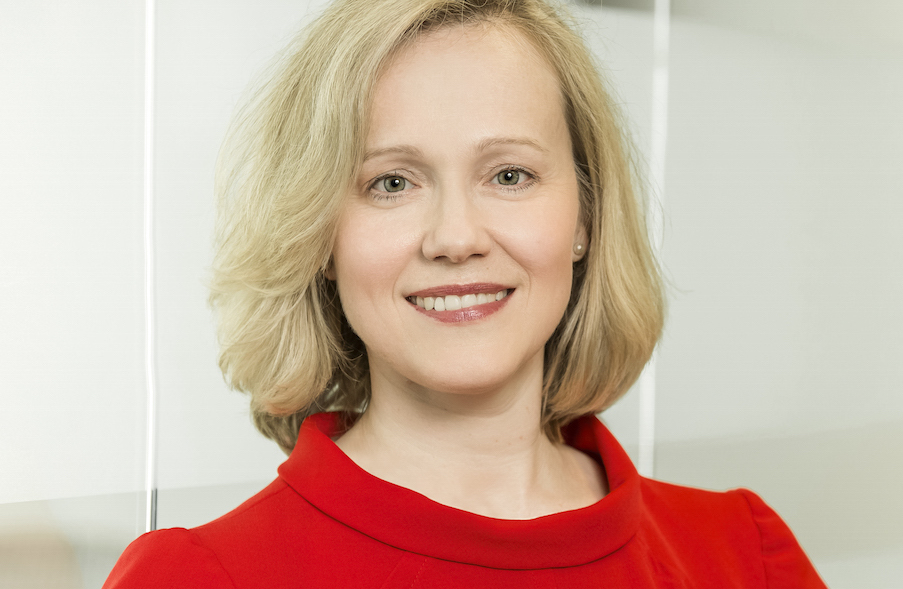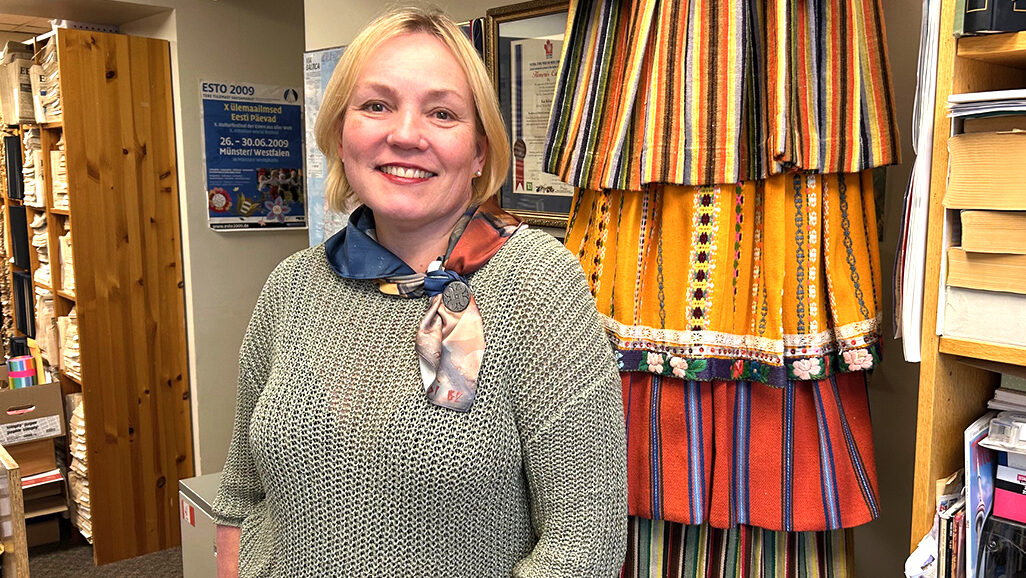How do you define yourself as a professional and community leader?
I’d say I'm a pragmatist. My engineering background lends itself to being a problem solver. I'm a thought leader in the space of Customer Success and Customer Experience, having held chief customer positions since the birth of the industry. As part of the executive team at Day Software (Adobe) and Eloqua (Oracle), I led those companies through successful IPOs and subsequent acquisitions. Today I help companies grow revenue and scale in a smarter, faster way, predominantly in the Software-As-A-Service (SaaS) or “cloud” environment.
For readers who aren't familiar with Customer Success as a concept, what's the most succinct way to describe the field?
The most succinct way is to talk about it in the context of “how do you ensure enterprise customers successfully leverage technology to achieve their desired business outcomes? And how do vendors scale their businesses accordingly to successfully support the growing customer base?” In a business-to-business (B2B) environment, when customers achieve their results, software vendors retain and grow the revenue of those customers. So how do vendors drive enterprises to be successful with software so that they keep using it? And how do the software companies scale operations to protect and grow customer revenue? These are the challenges the field of Customer Success grapples with.
How can businesses cope with losing customers and benefit in the long run?
In subscription-based businesses, customer churn (the loss of customers) is a regular and problematic course of business. If customers do not realize value and see a return on investment, they will leave. The practice of Customer Success was created to address this very problem.
My answer to this question is therefore based on my cumulative experience over a 25-year career. When I was at Eloqua. The company was doubling revenue year over year but at $60 million in recurring revenue, churn was becoming an issue. What had worked in previous years was no longer sustainable or scalable. I was hired to run the Customer Experience organization, expand customer revenue by $25 million the following year and lead the company through a transformation to become a customer-centric organization. On paper, the change was planned out like an MBA textbook success story. But when we launched, customer retention was not increasing and we had disastrous product releases making matters worse. We had predicated our business model on what we <i>thought<i> product adoption should look like, not what the actual, holistic, customer journey experience was. I realized that using the customer journey as the proxy for the success path of customers, and aligning the business model accordingly, is by far the most impressive way to retain customers, grow revenue and evolve as customers do.
So I created the Intelligent Framework™, which borrows on the principle of human centric design to help companies become customer-centric so they can keep more customers and grow revenue faster. In architecture there's a term called a “desire path” which refers to a path created as a consequence of human footfall traffic. In business, the desired path is the successful customer journey. In other words, companies cope with losing customers by continuously improving and adapting to minimize future losses.
How do you balance moments of order and chaos?
Prior to my work career, I was an international competitive swimmer, on the national team. And then I'm an engineer. I don't believe that I can solve every problem, but I never go in with a mindset that a problem cannot be solved or an alternative can't be found. I rely on my swimming days of persistence, hard work, and training. Then I rely on my engineering skills and education of problem solving.
Do you feel that being a woman gives you a unique perspective on coping as a leadership strategy?
I think my aggregate life experiences and being me – a female, former elite athlete, an engineer, a senior executive and living and working abroad – gives me a unique perspective.
Things have opened up so much more now for women in the last few years than it has for the majority of my career. In swimming, I was training with guys in the faster lanes. I was in engineering, a male dominated educational program. Then I was in software, a male dominated industry. I've had very frustrating moments. I have felt at times that it was exhausting to be a woman in a man's world, so to speak, because I wasn't thinking, behaving, and acting like a man.
What's nicer now is that that has changed a lot. That may also be because I'm running my own company. But I do think that women tend to, perhaps, be more empathetic. I do think that they may have a more inclusive perspective. It's often said that women are better at multitasking and wearing multiple hats. I think that seeing a broader perspective is also really helpful. I don't want to stereotype in the opposite direction either. I'm not saying that men don't do all of those things as well. They certainly do. There should just be a balanced perspective. It shouldn't be so much that it's all a male perspective or that it's all a female perspective. I think everyone brings in different perspectives. That's what I do with customers when I bring them all together.
Before we conclude, is there anything in particular that you're working on right now that you'd like to promote?
Yeah! My website is www.thedesiredpath.com. I predominantly deal with B2B (business-to-business) enterprises. If there are people out in the community that run or are working at companies that need help in driving their revenue growth or dealing with retaining customers in this environment, I'd love for them to check that out and contact me. I'm also on LinkedIn.
This interview has been edited and condensed.




